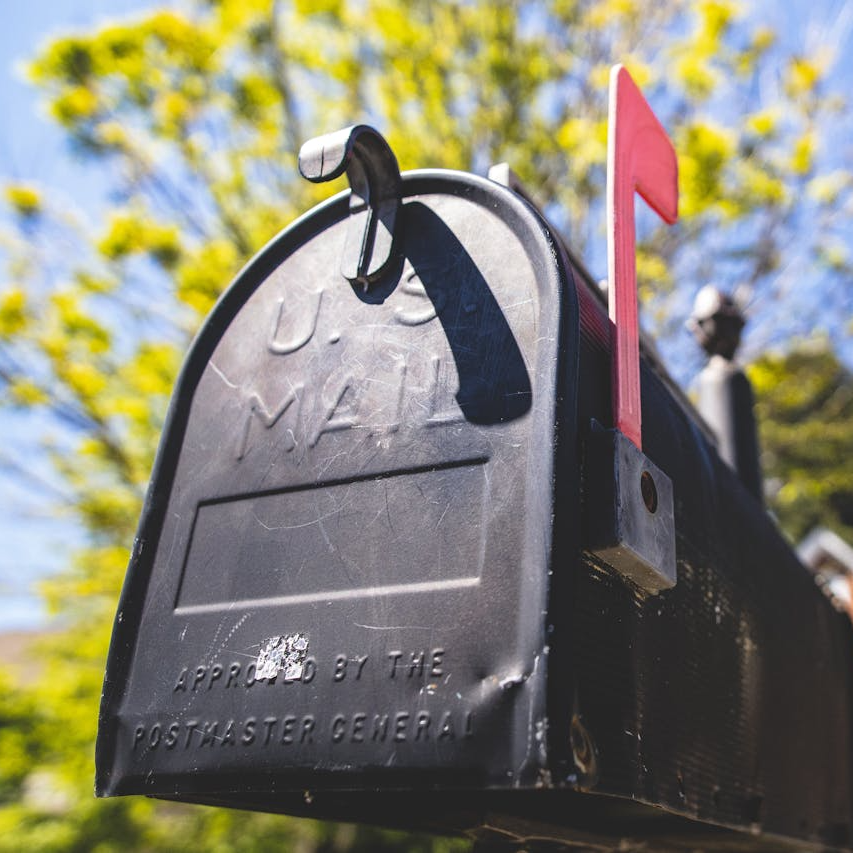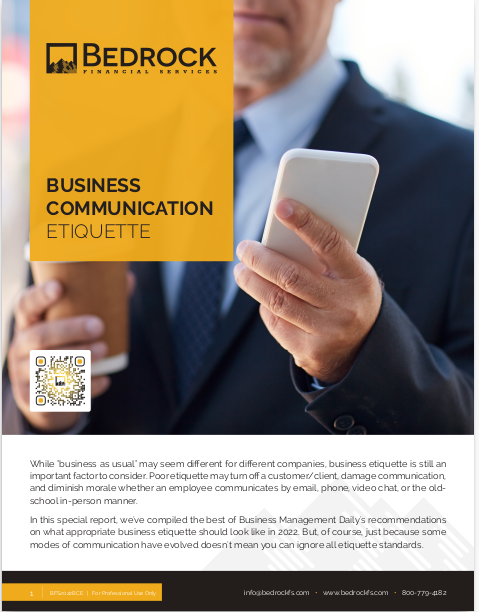Key Takeaways
-
Direct mail continues to deliver results in 2025, but it only works when it’s targeted, personalized, and well-timed.
-
Success relies on integrating direct mail into your broader marketing strategy, not using it in isolation.
Why Direct Mail Still Deserves Your Attention
Despite the dominance of digital outreach in financial services, direct mail remains a highly effective tool in 2025. It provides a tactile, personal touch that emails and digital ads often lack. But the way you use it must evolve. Today, the winners in direct mail aren’t simply sending postcards to a ZIP code; they are curating experiences that feel timely, specific, and relevant.
You are no longer competing with just other mailers. You’re competing with an entire sensory landscape of digital noise. So when a physical envelope lands in someone’s hands, it must immediately stand out and communicate value.
Understand Why Personalization Is Essential
Generic messages simply don’t work anymore. Recipients have become highly selective about what they engage with. If your letter doesn’t feel directly relevant to their needs, it gets tossed.
What Personalization Should Look Like
True personalization goes far beyond using a first name in the salutation. It should reflect:
-
Life stage or career phase (e.g., pre-retirement, mid-career, early federal service)
-
Occupation-specific concerns (e.g., government pension planning, TSP withdrawals, FERS benefits)
-
Geographic relevance (e.g., referencing local cost-of-living or state-specific rules)
-
Financial behavior patterns (if data is available from CRM or past outreach responses)
When you’re able to speak directly to your audience’s mindset, you create the sense that your message is meant just for them.
Timing Isn’t Everything, But It’s Close
Even the most perfectly written direct mail campaign can underperform if it reaches the recipient at the wrong time.
Seasonal Patterns That Matter
Consider how different times of year align with financial planning needs:
-
January to March: Tax prep season, opportunity to introduce tax-efficient planning.
-
April to June: Post-tax reflection, often a period when prospects start reevaluating retirement timelines.
-
July to August: Slower decision-making window. Mailers here should aim to build awareness, not push for meetings.
-
September to November: Peak engagement. Year-end planning, open enrollment periods, and RMD deadlines.
-
December: Best for final nudges, but avoid mailing after the 15th. Most clients are distracted by holidays.
Align With Client Milestones
Whenever possible, time your outreach based on known or estimated life events:
-
Turning age 50, 59½, or 62
-
Federal retirement eligibility (e.g., MRA + 10)
-
Beginning phased retirement
-
RMD start dates for clients aged 73 and older
When your message arrives just before or during a decision-making moment, you drastically increase the chances of response.
Formats That Are Performing Well in 2025
The days of the oversized trifold are over. What you send matters just as much as when and to whom you send it.
Best Formats This Year
-
Handwritten-style letters: Designed to look personal and authentic, even when mass-produced.
-
Invitation-style mailers: Folded cards with event invites (live or virtual). These stand out from commercial mail.
-
Mini-books or financial checklists: Educational formats that establish authority and offer immediate value.
-
Layered mailers: Include a cover letter, short brochure, and response mechanism like a QR code.
Avoid These Formats
-
Postcards with generic headlines (“Are you ready for retirement?”)
-
Anything resembling junk mail or coupons
-
Oversized or complex folds that increase postage but don’t add engagement
Keep in mind that size and design can impact your postage class and delivery time, so balance creativity with logistics.
Merge Mail With Digital for Best Results
Direct mail alone will not convert leads at high rates. But when it works alongside your email marketing, webinars, and LinkedIn outreach, you create an omnichannel presence that builds familiarity and trust.
Suggested Workflow
-
Mail the first piece introducing your value or an event.
-
Follow up with email two to four days later.
-
Retarget with social media ads if your audience is pixel-tracked.
-
Send a second mail piece 10 to 14 days after the first.
-
Make a phone call or send a text if contact info is available and opted in.
The key is to treat mail as one element of a broader strategy, not a standalone fix.
Improve Your Response Rates With Smart Targeting
If your list isn’t strong, your results won’t be either. Mailing to 10,000 addresses with no segmentation is wasteful in 2025. It’s not about how many pieces you send; it’s about how tightly focused your recipients are.
Tips for a Better Mailing List
-
Leverage existing client data: Identify clients who are nearing retirement, have large TSP balances, or ask the most questions about RMDs.
-
Use public databases: For example, federal employee directories can help refine geographic and job-based targeting.
-
Work with a data broker: Focus on vendors that specialize in financial services segmentation.
-
Filter by net worth, job title, or household income: These filters help you deliver the right message to the right pocket.
Use at least three layers of filtering to ensure your list is tightly aligned with your ideal client profile.
Tracking and Measuring Your Direct Mail Campaigns
You can’t improve what you don’t measure. And too many advisors still treat direct mail like a black hole with no accountability. In 2025, you have the tools to track performance.
How to Measure Effectiveness
-
Unique QR codes: Send recipients to specific landing pages and track hits.
-
Personalized URLs (PURLs): Offer custom experiences and track engagement.
-
Response cards: Include pre-paid business reply mail to gauge interest.
-
Follow-up conversion data: Connect CRM activity (like booked meetings or phone calls) with initial mail recipients.
Benchmark Goals
Depending on your niche and list quality, a 1% to 3% response rate is reasonable. High-performing campaigns with excellent targeting and multi-touch follow-up can reach up to 5% or more.
Avoiding Common Direct Mail Pitfalls
Even experienced advisors fall into predictable traps. By addressing these early, you can avoid wasted effort.
Common Mistakes to Watch For
-
Sending too much, too soon: Flooding a list before building rapport can backfire.
-
Using outdated templates: Templates that worked five years ago likely feel stale now.
-
Ignoring compliance: Your mailers must still follow financial marketing regulations. Avoid promissory language or unsubstantiated claims.
-
Failing to test: Always A/B test different headlines, calls to action, or formats to see what resonates.
-
Neglecting follow-up: Sending one piece of mail and hoping for a flood of leads is unrealistic in today’s environment.
Start Small, Scale Smart
If you’re new to direct mail or re-entering after a break, don’t start with a massive campaign. Instead:
-
Test a 500-piece mailer to a highly segmented list.
-
Use two different formats (e.g., letter vs. checklist).
-
Track which format gets the highest engagement.
-
Scale from there, layering in digital touchpoints.
Direct mail is not cheap. But done right, it remains cost-effective when compared to cold digital ad campaigns with high acquisition costs.
What a Successful Direct Mail Campaign Looks Like
To help you model a winning approach, here is what a high-performing direct mail campaign in 2025 generally includes:
-
Highly segmented mailing list
-
Personalized content tied to financial milestones
-
Clear, singular call to action (e.g., register for an event, book a 15-minute call)
-
Complementary email and social media follow-up
-
Tracking infrastructure with PURLs or QR codes
-
Measurable response goals and a timeline for follow-up
When these elements align, you don’t just generate leads. You create touchpoints that nurture longer-term relationships.
The Right Message at the Right Time Still Wins
Direct mail still has a powerful place in your marketing toolkit, but it must evolve with the expectations of today’s audience. Personalization, timing, format, and integration are no longer optional; they are required.
You can use this moment to revisit your approach and rebuild your outbound marketing with smarter strategies. If you’re ready to step up your marketing, our team at Bedrock Financial Services is here to help.
We provide support, training, and proven tools that help advisors like you connect with the right clients more consistently. When you sign up, you gain access to streamlined marketing workflows, automation resources, and professional materials that align with today’s best practices.
Let us help you modernize your direct mail strategy so it drives real business results in 2025.







